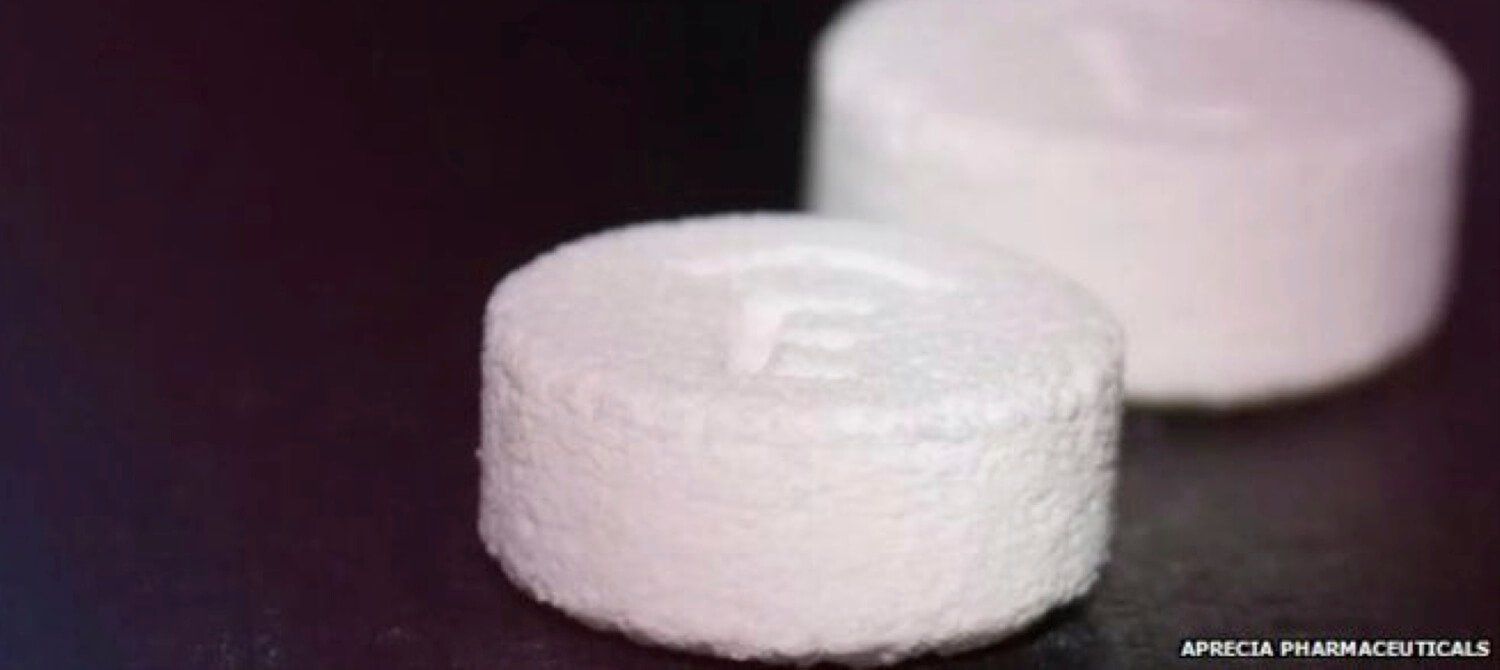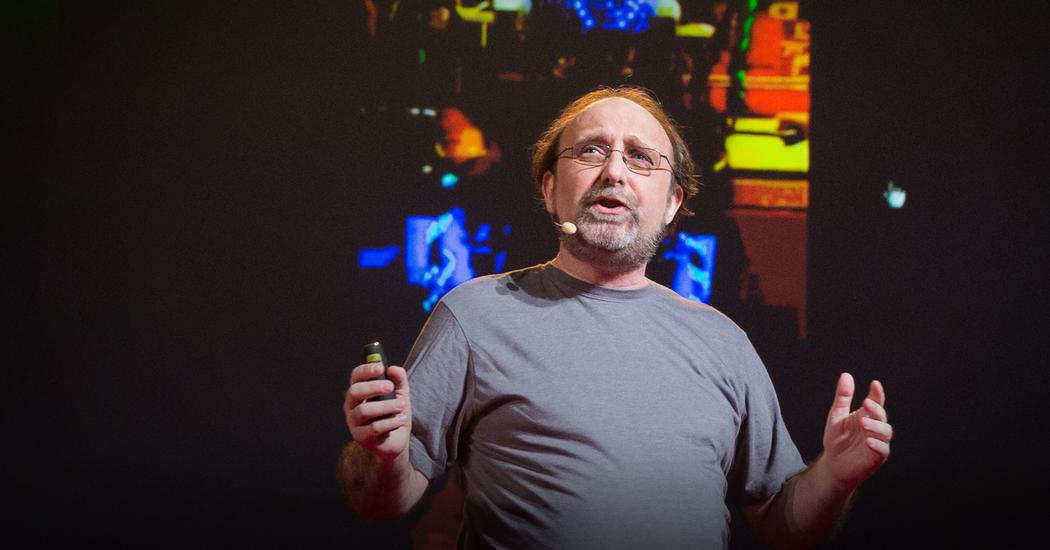Aug 15, 2015
The Toil Toward Quantum Computers Just Turned Into a Sprint
Posted by Phillipe Bojorquez in categories: biotech/medical, computing, electronics, quantum physics, supercomputing
A new optical chip that can process photons in a dizzying number of infinite ways has been developed by two research teams. Researchers from the University of Bristol in the UK and Nippon Telegraph and Telephone in Japan (NTT) are behind the breakthrough in quantum computing. The means to solve daunting problems such as the ability to design new life-saving drugs; perform advanced calculations that are a step or two beyond even supercomputers; and analyze weather patterns for more accurate forecasting has just received a major boost.
A group of researchers have pulled off a staggering feat; they’ve developed a silicon-based optical chip that is fully reprogrammable and can process photons in every way imaginable and then some, reports Phys.org.
Prof. Jeremy O’Brien, the Director of the Centre for Quantum Photonics at Bristol University where researchers masterminded the development of the chip, said:


















